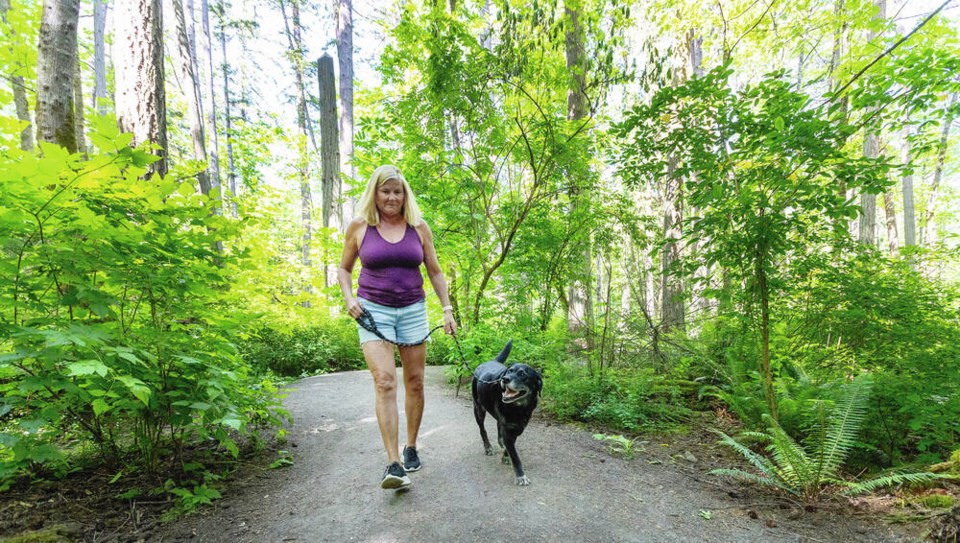Patients recovering from heart surgery are more likely to live longer when they surround themselves with nature, a new study has found.
The , published in the journal Psychosocial Epidemiology, tracked more than 3,100 Israeli patients who had gone through a common coronary bypass surgery between 2004 and 2009. Those who lived closer to green spaces were found to have a seven per cent lower risk of mortality.
Michael Brauer, a researcher at the University of British Columbia and a co-author on the paper, said his team controlled for factors like a drop in air pollution and exercise. He said the results offer a robust set of evidence that suggests even low levels of green space can have a big impact on health.
“I was very skeptical. But that seems like a really powerful effect,” Brauer said in an interview Tuesday.
The Israeli study into the impacts of green space on patient recovery is the latest in a series going back to the 1980s, when researchers first documented shorter hospital stays and less of a need for painkillers in patients who could see trees through a window, Brauer said.
The latest study focuses on one of the most common heart surgeries. It comes after medicine has improved to shorten patient hospital stays, and makes understanding recovery outside a hospital even more important.
Brauer said the natural areas recorded in the study represent a relatively low level of greenness compared to Canadian cities. He said that suggests even a low exposure to trees could make a big difference in human health.
“If you live in a neighbourhood where it's just all pavement, putting in five trees, they'll really stand out,” he said.
Nature leaves an evolutionary footprint on the human body
The latest study shows a correlation between patient survival rate and green spaces. But Brauer said past research into how the human body reacts to urban versus natural environments offer some clues into what is actually happening.
On a sidewalk, Brauer says you might not notice it, but your brain is extremely active as it navigates crowds, traffic signals and a cacophony of noises.
“We're just accustomed to doing that. But it's really taxing on our brains,” he said.
When a human walks in a forest, however, researchers can measure short-term decreases in blood pressure and stress hormones. Brauer says your brain is doing less work when exposed to the kind of treed environment our ape ancestors evolved in.
“It’s basically restoring your brain to a more natural state that we're more evolutionarily acclimated to,” he said.
The next time you’re in a new city, try looking out the window.
“I’ll gravitate towards seeing trees in every spare moment I have,” said the researcher.
'Not a bad deal'
The Israeli study builds on research that shows exposure to nature — and in particular, trees — offers a shield against everything from cognitive decline to chronic diseases, while boosting child development and dropping the likelihood of developing .
“We just keep seeing this all across the life course and over and over and over again,” Brauer said. “It's really hard to poke holes in this anymore.”
When hospitals discharge patients from surgery, they’re often given exercises or information on diet. Brauer says we may want to consider telling patients to spend 30 minutes a day looking at a tree, or better yet, take a walk in a park.
“There's evidence here,” he said. “If I told somebody that this is going to make you live a year longer… that's not a bad deal.”
“You don't have to go to a park,” he added. “Just walk on the street and look at the trees. Or look out your window.”




